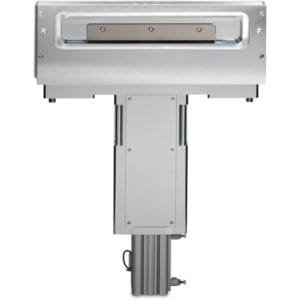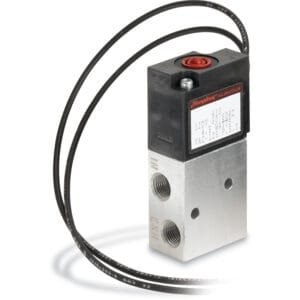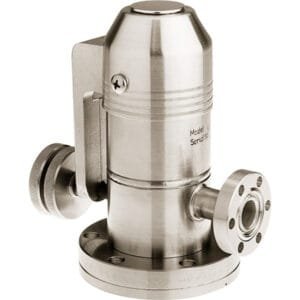KF (QF) HV Conical Reducer Nipples (Aluminum 6061-T6): Lightweight Vacuum Adapters for Cross-Size KF Connections
The KF (QF) HV Conical Reducer Nipples (Aluminum 6061-T6) from TFM are designed to connect two different KF flange sizes within high vacuum systems while preserving flow alignment and minimizing turbulence. These reducer nipples feature a conical profile, making them ideal for applications where gradual internal transitions are preferred over abrupt diameter changes.
Constructed from aluminum 6061-T6, these conical reducers offer a lightweight, cost-effective alternative to stainless steel components—without sacrificing vacuum performance. The KF (QF) flange system is widely used for through-lines, pump ports, and chamber connections, and these adapters bring added flexibility to flange size configurations.
Key Features:
Conical Transition Geometry
Unlike straight reducers, conical designs offer a tapered internal flow path, reducing back pressure and promoting smoother gas dynamics.Dual KF Flange Sizes
Each nipple terminates in two KF flanges of different sizes, such as KF40 to KF25, supporting integration between mismatched KF ports using standard vacuum clamps and centering rings.Aluminum 6061-T6 Construction
Offers excellent machinability, corrosion resistance, and significant weight reduction—ideal for portable systems or installations where component mass is a concern.High Vacuum Compatible
Suitable for systems operating down to ~10⁻⁶ to 10⁻⁷ torr, especially when paired with appropriate elastomer seals and clamps.Flexible Sizing and Lengths
Standard flange size combinations and tube lengths are available. Custom configurations of KF (QF) HV Conical Reducer Nipples (Aluminum 6061-T6) can also be fabricated to fit specific design requirements.
Applications:
Connecting KF flanges of differing sizes in foreline plumbing
Reducing chamber port sizes while maintaining vacuum compatibility
Streamlining vacuum manifold configurations with KF (QF) HV Conical Reducer Nipples (Aluminum 6061-T6)
Incorporating sensitive instruments into lines with minimal pressure disturbance
Lightweight vacuum assemblies in mobile systems or compact setups
TFM also offers related solutions, including straight reducer nipples, KF full and half nipples, and clamping accessories to support complete KF vacuum flange assemblies.





Reviews
There are no reviews yet.